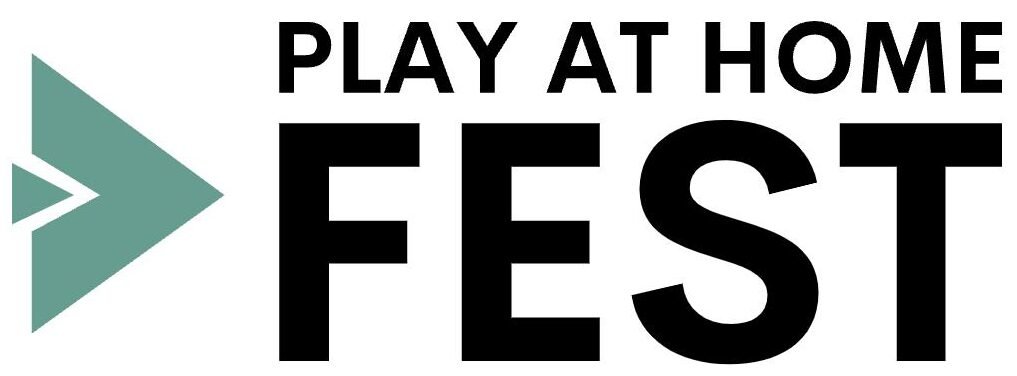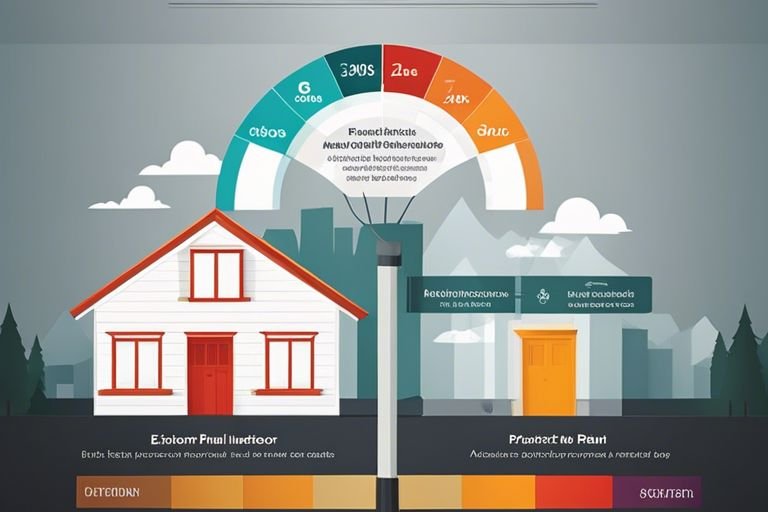Curiously, many people wonder if it is safe to plug a power strip into a surge protector. The answer is not as straightforward as you might think, and there are some important safety tips you need to be aware of before attempting to do so. Plugging a power strip into a surge protector can be extremely dangerous if not done properly, and can even result in electrical fires or damage to your devices. In this blog post, I will provide you with essential safety tips and guidelines to ensure that you can use power strips and surge protectors safely and effectively. By the end of this post, you will have a clear understanding of how to properly use power strips and surge protectors, and avoid potential hazards that could arise from improper use.
Key Takeaways:
- Do not plug a power strip into a surge protector: This can cause an overload and potential fire hazard.
- Understand the functionality of surge protectors and power strips: Surge protectors are designed to protect electronic devices from power surges, while power strips are designed to provide additional outlets.
- Use surge protectors for sensitive electronics: It is important to use surge protectors for devices such as computers, televisions, and gaming consoles to prevent damage from power surges.
- Avoid daisy-chaining power strips: Plugging multiple power strips into each other can lead to overloading the circuit and pose a safety risk.
- Regularly inspect and replace surge protectors: Over time, surge protectors can wear out, so it is important to regularly inspect them for any signs of damage and replace them as needed.
Understanding Power Strips and Surge Protectors
The key to understanding the difference between power strips and surge protectors lies in their respective functions. A power strip is essentially a block of electrical sockets that allows multiple devices to be plugged into a single power outlet. It does not provide any protection against power surges. On the other hand, a surge protector is designed to safeguard your electronic devices from voltage spikes, by diverting excess electricity to the ground, and in turn protecting your devices from damage.
How to Choose the Right Power Strip and Surge Protector
When it comes to selecting the right power strip and surge protector, ensure that you look for a product that is both a power strip and a surge protector. This means that it has multiple outlets for your devices and will also protect them from power surges. Look for a surge protector with a high joule rating to ensure that it can handle a substantial power surge. Also, check for a product with a warranty to ensure your protection in case of failure.
Tips for Proper Use and Placement
When using power strips and surge protectors, it is important to not overload them with too many devices. This can lead to overheating and potentially cause a fire. Always plug your high-power devices directly into the wall outlet instead of into the power strip to prevent overload. It is also important to ensure that the surge protector is plugged directly into the wall, rather than into another power strip, to allow for adequate grounding. The placement of power strips and surge protectors is also crucial. Ensure that they are placed in easily accessible locations, and do not cover them with carpets or furniture, as this can lead to overheating. The surge protector should also be regularly checked and replaced if it has taken a hit from a power surge to ensure it continues to provide protection.
- Do not overload power strips and surge protectors
- Plug high-power devices directly into the wall outlet
- Ensure adequate ventilation for power strips and surge protectors
- Regularly check and replace surge protectors
The safety of your electronic devices depends on properly understanding and using power strips and surge protectors. Therefore, it is crucial that you follow these guidelines to ensure their effectiveness.
Safety Factors to Consider
Even though using a power strip and a surge protector together can provide extra outlets and protection against power surges, there are several safety factors to consider before doing so. It’s important to be aware of these factors in order to ensure the safety of your electrical devices and your home.
- Check the electrical rating of the surge protector and the power strip to ensure they are compatible and can handle the electrical load.
- Do not plug a power strip into a surge protector that already has multiple devices plugged into it, as this can overload the surge protector and create a fire hazard.
- Inspect the power strip and surge protector for any signs of damage or wear, and replace them if necessary to prevent electrical hazards.
Though using power strips and surge protectors can be convenient, it’s important to use them safely and responsibly.
Potential Hazards and Risks
When plugging a power strip into a surge protector, there is a potential risk of overloading the surge protector, which can lead to electrical fires. It’s crucial to be mindful of the electrical load and avoid daisy-chaining multiple power strips or surge protectors together, as this can exceed the capacity of the devices and pose a serious hazard to your home and electronics.
Importance of Overload Protection
One of the key reasons why it’s crucial to consider safety factors when using a power strip with a surge protector is to ensure overload protection. A surge protector with overload protection is designed to cut off power to the connected devices in the event of an electrical overload, preventing potential damage and hazards. This feature is essential in safeguarding your electronics and minimizing the risk of electrical fires.
How to Safely Connect a Power Strip to a Surge Protector
Not all power strips are created equal, and not all surge protectors are the same. When using a power strip with a surge protector, it’s important to follow safety guidelines to ensure that your devices are protected and that you are not at risk of overloading the circuit.
Step-by-step Instructions
When connecting a power strip to a surge protector, it’s crucial to follow the proper steps to ensure safety and proper usage. Here are step-by-step instructions on how to safely connect the two:
| Step 1: | Check the joule rating of the surge protector. Make sure it is higher than the total joules of the devices you are plugging into the power strip. |
| Step 2: | Plug the surge protector into a grounded outlet. Do not use an extension cord or adapter to plug it in, as this can increase the risk of electrical fires. |
| Step 3: | Connect the power strip to the surge protector by plugging it into one of the outlets on the surge protector. Make sure the power strip has its own built-in circuit breaker for added protection. |
Tips for Maximizing Safety
When connecting a power strip to a surge protector, there are several tips to keep in mind to maximize safety and minimize the risk of electrical hazards. Here are some key tips to follow:
- Use high-quality power strips with built-in surge protection to ensure maximum safety for your devices.
- Avoid daisy-chaining power strips and surge protectors together, as this can overload the circuit and increase the risk of electrical fires.
- Regularly inspect your power strips and surge protectors for any signs of damage or wear, and replace them as needed to maintain optimal safety.
Assume that the risk of electrical surges and power overloads is always present, and take precautions to protect yourself and your devices.
Can I Plug a Power Strip into a Surge Protector? Safety Tips You Need to Know!
Upon reflecting on the safety tips for using power strips and surge protectors, it is important to remember that plugging a power strip into a surge protector can be safe if you follow the manufacturer’s guidelines and ensure that you are not overloading the electrical circuits. It’s also crucial to check for any signs of wear or damage on both the power strip and surge protector before use. Additionally, be mindful of where you place your power strip and surge protector to avoid potential hazards such as tripping or overheating. By following these safety tips, you can ensure that you are using your power strips and surge protectors in a safe and efficient manner.
FAQ
Q: Can I plug a power strip into a surge protector?
A: It is not recommended to plug a power strip into a surge protector. Doing so can overload the surge protector and create a fire hazard. It is best to use either a power strip or a surge protector, not both together.
Q: What safety tips should I know about using power strips and surge protectors?
A: When using power strips and surge protectors, it is important to avoid overloading them with too many devices. Be sure to check the power rating of the strip or protector and follow the manufacturer’s guidelines. Additionally, always plug these devices directly into a wall outlet and avoid using extension cords.
Q: Can I daisy chain power strips and surge protectors together?
A: No, daisy chaining power strips and surge protectors is a safety hazard and can lead to overheating and fires. Each power strip or surge protector should be plugged directly into a wall outlet and not into another strip or protector.
Q: How do I know if my surge protector is still effective?
A: Surge protectors have a limited lifespan and may wear out over time. Some models have indicator lights that show if the protector is still functioning properly. It is recommended to replace surge protectors every few years to ensure continued protection for your devices.
Q: Can power strips and surge protectors protect against all electrical issues?
A: While power strips and surge protectors can help protect against power surges and spikes, they may not be effective against other electrical issues such as lightning or power outages. It is important to use these devices in conjunction with other safety measures, such as unplugging electronics during thunderstorms.




